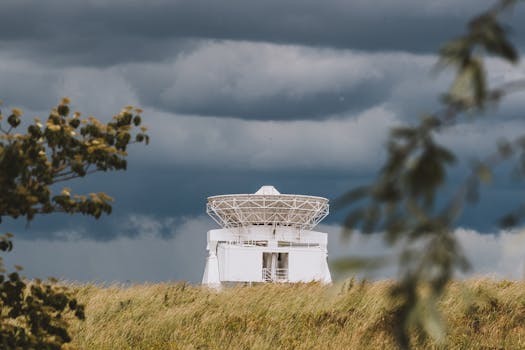
GEO Satellites: Revolutionizing Global Communication and Navigation
GEO satellites, or Geostationary Earth Orbit satellites, are a type of satellite that orbits the Earth at an altitude of approximately 36,000 kilometers, remaining stationary above a fixed point on the equator. The focus keyword GEO satellites is used to describe these satellites that have been revolutionizing global communication and navigation for decades. With their unique orbit, GEO satellites can provide a wide range of services, including television broadcasting, telecommunications, and weather forecasting.
History of GEO Satellites
The concept of GEO satellites was first proposed by science fiction writer Arthur C. Clarke in 1945. However, it wasn’t until the 1960s that the first GEO satellite, Syncom 2, was launched. Since then, the use of GEO satellites has become increasingly widespread, with thousands of satellites currently in orbit around the Earth. The launch of GEO satellites has enabled global communication, navigation, and weather forecasting, and has had a significant impact on the way we live and work.
Applications of GEO Satellites
GEO satellites have a wide range of applications, including television broadcasting, telecommunications, weather forecasting, and navigation. They are also used for scientific research, such as studying the Earth’s climate and monitoring natural disasters. The use of GEO satellites has enabled the development of global communication systems, such as satellite phones and internet connectivity. Additionally, GEO satellites are used for navigation purposes, providing location information and timing signals for GPS and other navigation systems.
Benefits and Challenges of GEO Satellites
The use of GEO satellites has numerous benefits, including global coverage, high bandwidth, and reliability. However, there are also several challenges associated with the use of GEO satellites, such as signal delay, interference, and the risk of satellite collisions. Despite these challenges, the benefits of GEO satellites make them an essential part of modern communication and navigation systems. The impact of GEO satellites on our daily lives is significant, and their importance will only continue to grow in the future.



